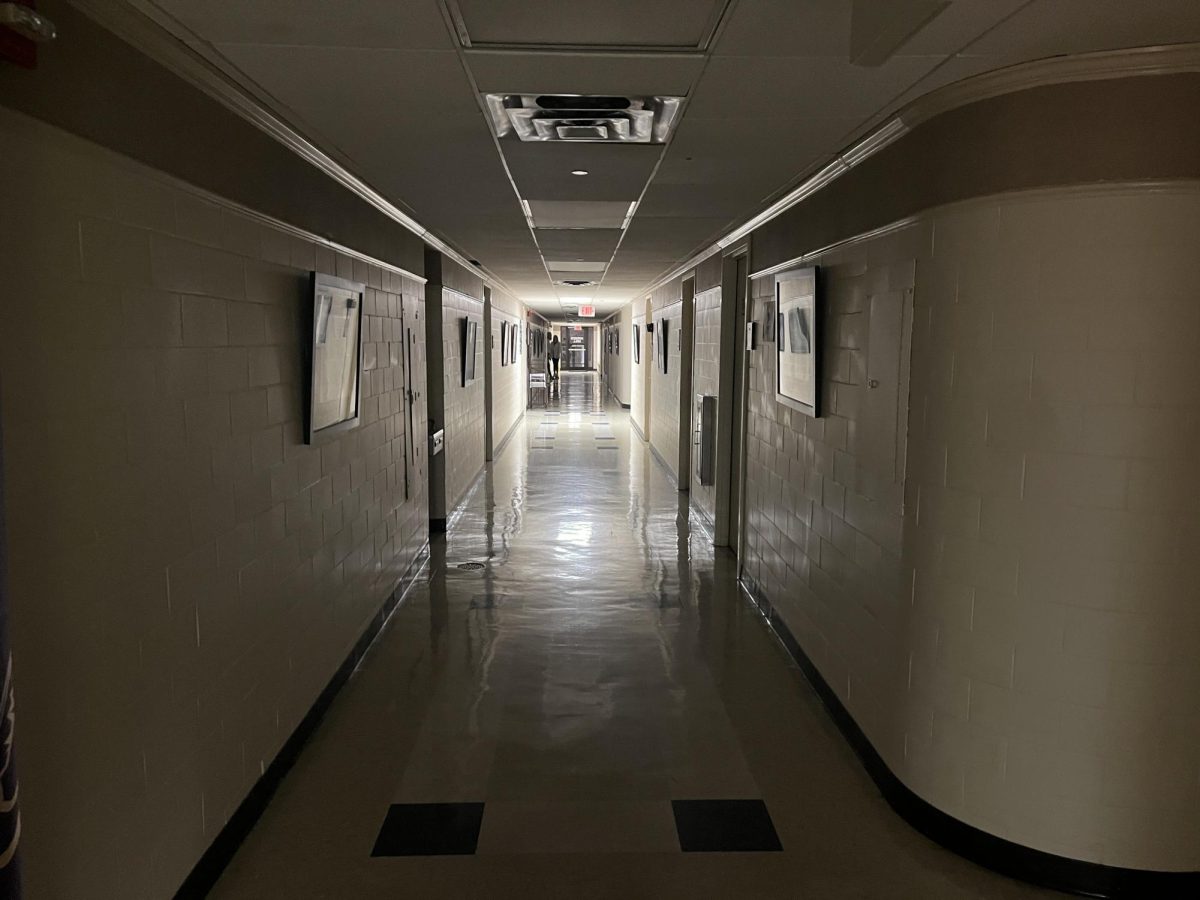For the past six years, computer science professor James Lester and a team of computer scientists and educational researchers have been working to create an intelligent, game-based learning environment for middle school students.
The game, called Crystal Island, puts players in the shoes of a researcher on an island plagued by disease. The player must solve the mystery of why everyone is getting sick, learning about microbiology in the process. The game uses Valve Software’s Source Engine, which also powers blockbuster video games like Half-Life 2 and Left 4 Dead.
Crystal Island lets the user perform experiments in the lab, interact with other characters, read “virtual books” to obtain background information on diseases and collect data about the food recently eaten by the members of the research team.
The game also offers some free-roaming exploration, allowing the user to walk around the island and visit the infirmary, lab, dining hall and living quarters of each member of the team. As of now, there are 20 goals to achieve and 300 unique actions across 50 in-game locations.
Lester, an associate professor in computer science, said he thinks Crystal Island has great potential as a learning tool given the power of narrative-driven games.
“It’s really promising. There’s something very attractive to people after looking at the sales of commercial games,” Lester said. “They create very engaging experiences. If we can leverage the engaging aspects of games for educational purposes, we can give a child the opportunity to learn more about a subject outside of the classroom in an entertaining way.”
The game has been freely distributed to classrooms for testing, and about 1,500 students have played the game. According to Lester, studies–one with individual student sessions and the other with groups of four students–have demonstrated that it helps students achieve significant learning gains.
However, Lester said the development process hasn’t been easy.
“Creating games that embed educational content in a natural and engaging manner has been the most significant challenge,” Lester said.
Hiller Spires, professor and senior research fellow at the Friday Institute who has also been working on the game, said the team is developing a problem-solving approach to learning the science content. She also said the teachers and students at A.B. Combs Elementary School in Raleigh, where the game has been tested, have been very helpful.
“They have given us input every step of the way,” Spires said. “It’s important to develop a game that students enjoy playing and one that also accomplished the intended learning goals.”
Lester said there are also plans to introduce different educational content for Crystal Island. The game’s narrative works as a template or framework, and the gameplay can be tweaked according to a curriculum’s needs. Over the next year, Lester and his team will work on introducing literacy education content in addition to the science-based content.
There is more work to be done, however. The same studies that showed Crystal Island‘s educational potential also revealed what the eighth-grade students think needs to be improved, including a plot with more conflicts and twists, more expressive and active characters, and more diverse and dynamic environments.
Crystal Island has received support over the past few years from the National Science Foundation, a government agency that supports research and education in the non-medical fields of science and engineering.
Now, Next Generation Learning Challenges (NGLC), an initiative aimed at promoting promising education technology programs, will be funding the professional development for Crystal Island – the version to include literacy content – for middle school classrooms starting July 1.
In addition, part of the grant money will go toward training teachers how to use the software. The project will be aimed at rural middle school classrooms of low socio-economic status in eastern N.C. and will run for 15 months.
According to NGLC, the funding, which went to Lester and 18 other projects, reached a combined total of $7 million.




